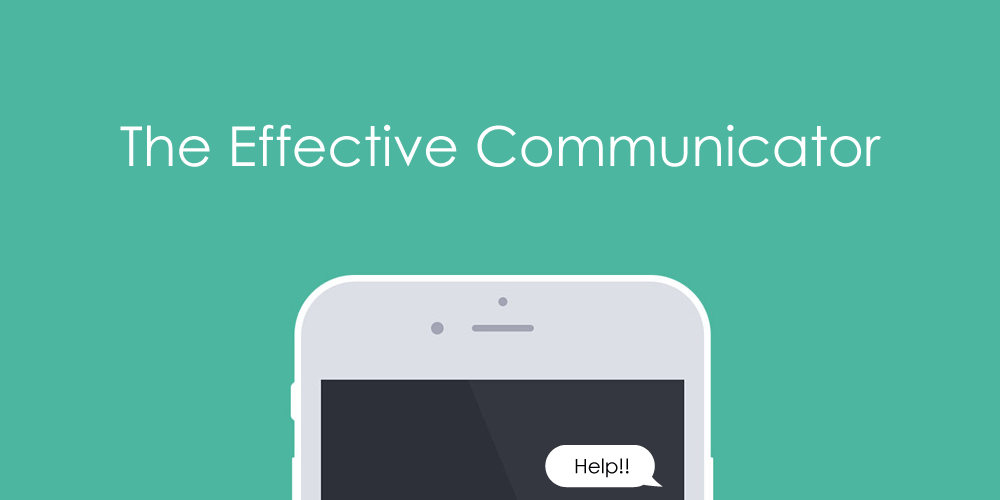More from the Effective Communicator:
Dear Effective Communicator,
I have been asked to present to my senior leadership. I have a 30-slide presentation that I developed for my staff. It was great! They’re giving me 10 minutes and I’m seventh on the agenda. What do you think?
Hopeful in Health Care
Dear Hopeful in Health Care,
I get it. It feels so easy to repurpose a presentation. Don’t do it! While it may feel time-consuming to create a new presentation, it’ll take more time if your audience doesn’t understand.
Knowing your audience is the first key to an effective presentation.
Try following this advice, using pen and paper (or a Word document, if that’s your thing).
1. Who are you presenting to?
Here at Accelerate, audience is our first consideration. We’ve found these categories* especially helpful in selecting which information to include (and exclude):
| Audience | Examples | Characteristics | Goal |
|---|---|---|---|
| Novice/ Generalist | Staff meeting, patients, caregivers | I’ve heard of your topic before, but too much detail can make me feel lost (but that doesn’t mean I want you to dumb it down.) | I want to understand major themes, where to find detail, and why it matters (be clear about your objective, especially if you want me to immediately begin doing something differently.) |
| Management | Your direct boss, your boss’s peers | I want in-depth understanding and access to details. | I want to understand how your project will be implemented and how it relates to other areas in our department. |
| Executive | Your senior leader, an outside group | You’re the expert on your topic, not me. Speak confidently and don’t give me too much detail. | I want to understand the risks, significance, conclusions, a clear statement of need, and/or recommendations for action. |
*Adapted from HBR's "How to Tell a Story with Data" by Jim Stikeleather.
2. What is your goal?
Answer this critical question before you start writing: How do I want them to feel? Ready to take action? Acknowledged? Whatever it is, tell the audience directly. It’s respectful of their time.
| Audience | Examples |
|---|---|
| Novice/ Generalist | Staff meeting: “After this meeting, I want you to be ready to submit any time card exceptions. It’s important to all of us that you get paid correctly.” |
| Management | “We want you to do a value summary, here are all the places you can find resources to help.” |
| Executive | “I need you to direct institutional time or resources towards this initiative/project. We’re at 76% compliance with employee vaccination. I need you to decide what the consequence is for not completing the vaccinations, and then I’ll develop a plan to communicate those consequences.” |
Before you open PowerPoint, ask yourself these important questions. (In order)
Know your audience
1) Who am I presenting to?
2) What is their motivation to pay attention (Think about the WIIFM, or “what is in it for me?”
3) What do I want them to feel? Think? Do?
Prepare content
1) What are the two or three most important things I’m trying to communicate?
2) What is the best method (or media) for communicating those things?
3. What is the best way to organize your presentation?
Start Strong
A standard presentation consists of three sections: an introduction that hooks your audience, the main points, and a conclusion that summarizes and calls your audience to action. A good rule of thumb is that the introduction and conclusion should be no longer than 15 to 20 percent of your speech. (That means a 10-minute presentation would have a one-minute introduction and a 30-second conclusion, with the remaining time going toward your main points.)
Organize Your Flow
The middle part of your speech can be organized in a variety of ways, depending on what you’re trying to accomplish. Here are a few examples:
- Problem – Solution – Reasoning
- Why – What – How
- Past – Present – Future
KISS - Keep It Short and Simple
Only give people as much information as they can process and remember. Try including other information in a handout, small group discussion, or follow-up email.
Presenting to Executives?
Checklist:
▢ Why am I presenting this topic?
▢ What do I need from the audience? (i.e. resources, support)
▢ 10 min presentation = 5-7 slides
You’ve got this Hopeful in Health Care. And in the unlikely chance that you don’t? The Effective Communicator is here to help.
This article originally posted March 30, 2017. It has been updated to reflect current information.
Isaac Holyoak
Mari Ransco
Leadership is not a destination, but a journey where you’re constantly evolving and entering new stages. Dayle Benson, chief of staff of clinical affairs and executive director of the University of Utah Medical Group, shares how to practice and embrace generativity to nurture the skills of those around you and become a better leader.
We all make lots of mistakes early on in our careers. Hospitalist and mentorship expert Valerie Vaughn sets us up for success by sharing her expertise on how to take control of your long-term career path.
Redwood Health Center physician Eli Moreno shares a simple exercise to cut through vaccine misinformation and empower patients to make educated decisions.

